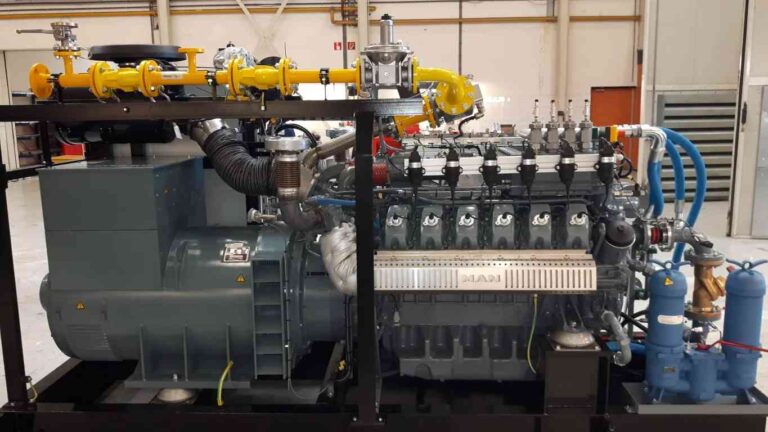Export terminals rely on consistent, uninterrupted power to manage loading, storage, and dispatch efficiently. Any power loss can disrupt schedules, delay shipments, and raise operational costs.
Synchronised diesel generators provide a dependable backup source to maintain seamless operations and avoid costly downtime.
Let’s explore the key benefits these systems bring to export terminals.
Continuous Power Support for Critical Operations
Synchronised diesel generators work together to provide steady power during fluctuating demand.
Companies such as PR Power offer solutions that help terminals maintain equipment performance, even during unexpected grid interruptions.
This connection between multiple generators ensures power flow remains balanced, reducing the risk of overloads or failures.
Reliable energy supply keeps conveyors, cranes, and control systems running smoothly across long operational hours.
When export terminals depend on heavy-duty machinery, even a brief power cut can cause delays.
Synchronised systems distribute load evenly, preventing single-generator strain.
This approach minimises mechanical wear and may help improve fuel use efficiency.
It is particularly useful for terminals that operate around the clock and require consistent electrical output to avoid production slowdowns.
Improved Load Management and Flexibility
A major advantage of synchronised generators is their adaptability to changing energy demands.
These systems can automatically adjust output based on terminal requirements, avoiding unnecessary fuel consumption.
By running only the needed number of generators, operators can reduce emissions and extend equipment life.
Efficient Power Sharing
Synchronisation allows power sharing between multiple units, which means terminals can expand capacity without replacing existing systems.
Operators can add new generators to meet seasonal or long-term increases in power demand.
This setup supports flexibility and enhances operational planning for growing export activities.
Reduced Downtime and Better Reliability
Downtime in export terminals can lead to significant financial losses and logistical challenges.
Synchronised generator systems ensure power transitions occur seamlessly if one unit fails or requires maintenance.
This automatic shift in load reduces interruptions to critical functions such as refrigeration, lighting, and automated handling systems.
By maintaining constant voltage and frequency levels, synchronised systems protect sensitive electrical components from damage.
They can also work alongside utility power, offering backup or supplementing supply when grid reliability is uncertain.
Such reliability aids continuous performance and prevents shipment delays due to power faults.
Enhanced Maintenance Efficiency and System Monitoring
Operators can observe parameters like load sharing, fuel consumption, and temperature variations through a central control panel.
This visibility aids in scheduling timely maintenance and reducing unexpected outages.
Key benefits include:
- Early fault detection through automated alerts
- Balanced operation across all units
- Streamlined diagnostics for faster issue resolution
- Reduced maintenance frequency due to shared load distribution
These features allow technicians to perform maintenance without halting operations entirely, which enhances overall terminal productivity.
Cost Efficiency and Long-Term Value
Load sharing reduces fuel waste and optimises generator use, extending equipment lifespan.
This efficiency leads to lower running costs compared to operating individual units independently.
It also supports sustainable energy management by ensuring every generator performs within its optimal range.
For large-scale export terminals, managing fuel expenditure and maintenance budgets is crucial. Synchronised setups minimise redundancy and ensure every generator operates at its most efficient capacity.
With providers such as PR Power, these systems may help improve operational continuity, ultimately protecting profits and maintaining export schedules.
Synchronised diesel generators play a crucial role in maintaining smooth operations across export terminals. Their reliability, load flexibility, and cost-saving design help operators meet power needs with confidence.
Reputable companies offer practical solutions that aid in improving efficiency while ensuring a constant energy supply.
By adopting synchronised systems, export terminals can secure steady performance and safeguard against unexpected disruptions.

